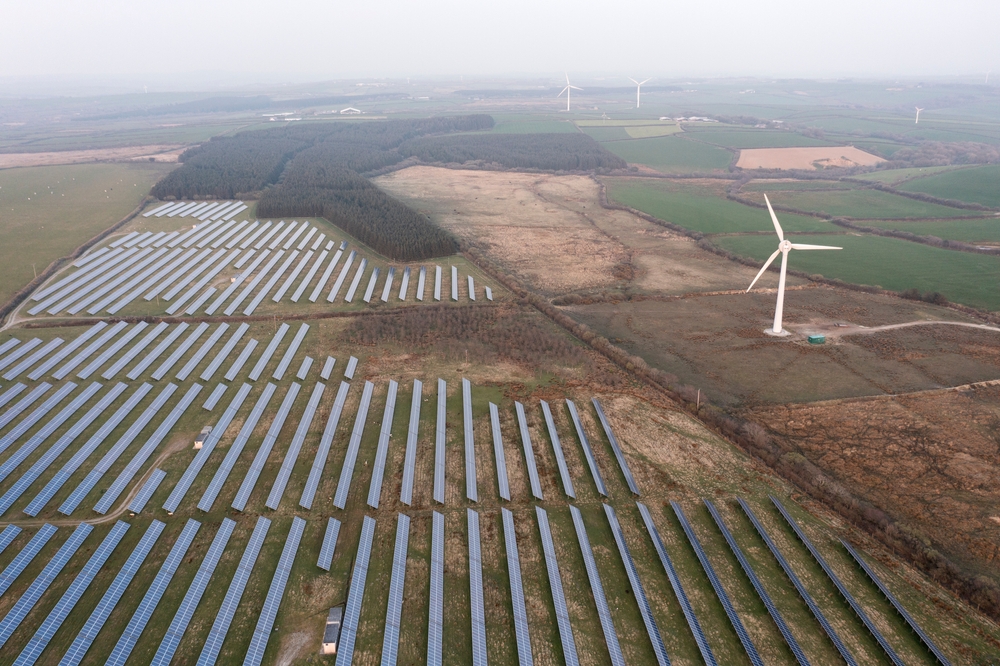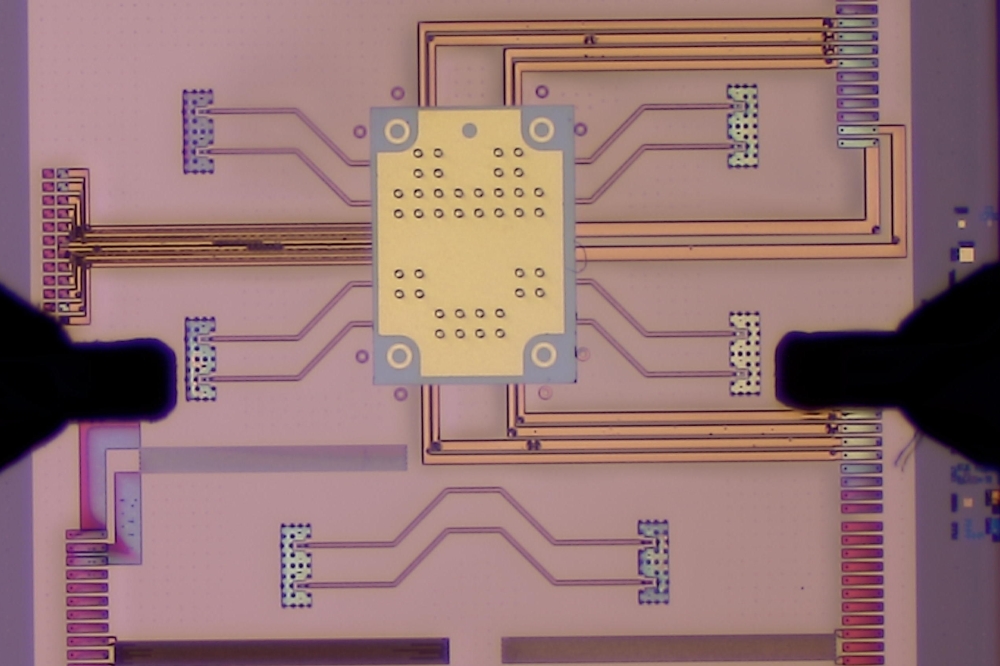Technical Insight
CyOptics increases component capacity (Fiber News)
CyOptics is expanding its fabrication facilities to a total of 35 000 sq. ft to provide additional capacity for the manufacture of InP-based components such as lasers and modulators. Located at Yokneam in Israel, the company s new facilities will include an InP wafer fab for chip production, as well as optoelectronic packaging capabilities for 40 Gbit/s devices used in ultra-long haul transmission. Since its inception in 1999, CyOptics has received a total of $77 million in investments, which it has used to develop InP-based electroabsorption modulators and pulse generating lasers, and to expand its manufacturing capability. The company performs all InP manufacturing, including wafer growth, characterization and device packaging, in Israel. "Expanding our manufacturing infrastructure will enable us to meet our customers needs for real-world, high-volume manufacturing of 40 Gbit/s components," said Dror Motovilov, CyOptics vice-president of operations. "First qualification devices from these facilities are expected in the third quarter of 2000, with full-scale manufacturing in 2002." The InP advantage CyOptics pulse generating laser (PGL) can be used in RZ (return-to-zero) schemes for long-haul DWDM networks operating at 10 Gbit/s and above. RZ systems are likely to replace non-return-to-zero (NRZ) transmitters, which at low frequencies employ a directly modulated CW laser. At high data rates, these lasers are subject to chirp (frequency changes), limiting the distance the signal can travel. This is typically overcome for higher data rates and longer transmission distances by employing an external modulator, which acts as a shutter to the CW laser light. In the case of high-speed RZ transmitters, the two functions pulse generation and data modulation are handled separately. A conventional RZ transmitter needs a high-power laser and two modulators, one to create a train of RZ pulses, and the second to modulate this train. These modulators are typically made from LiNbO3. In comparison, CyOptics PGL is a compact InP component that directly generates a stream of modulated RZ pulses. This stream subsequently has information added to it with a modulator effectively eliminating the second modulator. CyOptics device is an InP electroabsorption modulator that operates at 40 Gbit/s. This component takes advantage of the electroabsorption effect in InP materials. As a reverse bias is applied, InP becomes opaque to light, and this can be used to modulate the light from a laser source at high frequency (see ). The company s InP electroabsorption modulator is much smaller than a conventional LiNbO3 modulator, which requires a 5 inch package at this frequency. InP modulators are typically one sixth of this size, and operate at the much lower voltage of 3 V. CyOptics says that its PGLs and electroabsorption modulators may be hybrid or monolithically integrated, leading to a much smaller overall transmit component.































